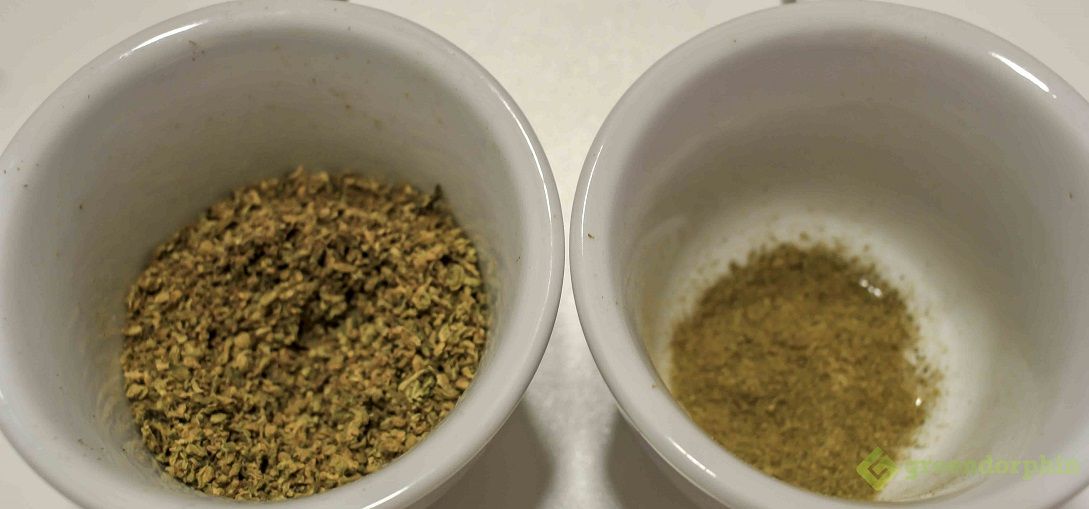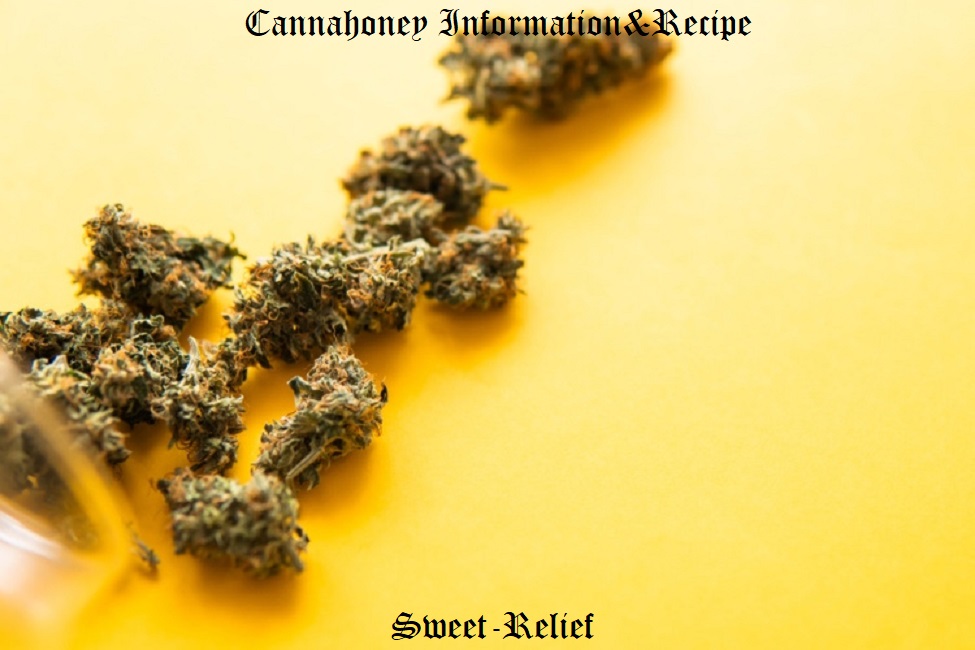Cannabis-infused Honey (or CannaHoney) can be a great addition to your Cannabis Edibles Recipes. While CannaButter can be great in baked goods and Canna Oil allows you to expand your menu to savory dishes, CannaHoney lets you add a little sweet cannabis to nearly any dish – like your morning oatmeal or afternoon cup of tea.
This simple recipe for Cannabis Honey is easy, no-smell and utilizes your crockpot – so you can make it anywhere you have an outlet. Follow the instructions below to get cooking.
HOW DOES CANNAHONEY WORK?

Cannahoney reportedly has a wide range of positive effects, including pain relief and anti inflammatory properties. These come from both natural remedies that make up cannahoney, namely the individual honey and the individual cannabis.
Thus, you can either eat it as such (a few teaspoons during the day) or add the honey to other ingredients to make new dishes. For example, you can spread cannahoney on toast or cook some honey walnut shrimp with it.
The benefits you can typically expect to get from cannahoney range from improved overall well-being to relief of pain, cough, allergy symptoms, etc.
CAN YOU GET HIGH ON CANNAHONEY?
Unlike humans, bees lack an endocannabinoid system, which makes them unable to access the THC in the cannabis. Therefore, bees cannot get high, and no psychoactive elements will pass on through their honey. However, these elements are preserved and can be transferred on through a process known as decarboxylation.
Thanks to decarboxylation, you can get high on cannahoney, as the process consists of man-made techniques that give you those desired psychoactive results in the honey. Basically, the non-psychoactive THC-A is converted into actual THC, via a number of methods: drying, the slow aging, and the faster heating of cannabis.
BENEFITS
We listed some of the benefits of using cannahoney before, but here is a more comprehensive list of ailments that cannahoney helps to combat against:
- Acid reflux
- Acne
- Burns and cuts
- Coughing
- Hangovers
- Lack of energy
- Psychoactive properties – cannahoney can get you high
- Relief of cancer symptoms
- Sinus ailments
- Trouble sleeping
Weight loss – cannahoney can help with weight loss, when used instead of sugar. This way, you will diminish your carbs intake but still be able to enjoy something sweet every day.
MAKE YOUR OWN CANNAHONEY
Cannabis infused honey can be achieved in a number of ways, but one method is easier and can be made by pretty much everyone, right at home.
Before you start, bear in mind that your cannahoney will have to undergo two stages before it actually becomes edible. More specifically, you will first need to turn THC-A from your medical cannabis into THC (a process known as decarboxylation) and then slow cook the cannabis.
MATERIALS

Make sure to have the following ready before starting the process:
Baking pan – For baking, as the name suggests.
Cannabis – You will need about 15 grams of decarboxylated cannabis to make cannahoney. Smaller quantities are also good, but your cannahoney will be less potent in that case.
Cheesecloth – Use it to hold the decarboxylated cannabis and allow the honey to become saturated with the THC. You will also need it at the end of the process to strain the honey.
Crockpot – You will need a crockpot big enough to hold the jar, and safe enough to leave on for several hours.
Glass jar – Use an airtight glass jar that is not broken or cracked. Rinse the jar before use.
Honey – Two cups of honey will do, but you can use more to make the final product more potent.
Parchment paper – This will keep the cannabis from sticking to the pan.
String – Get a clean piece of string made from natural fibers and strong enough to withstand the slow cooking process. It is important that the string has all these elements (clean, natural, strong) because you will add it in your cannahoney.
HOW TO MAKE CANNAHONEY
First, you need to decarboxylate your cannabis:
- Preheat the oven to 225 degrees Fahrenheit.
- Grind your cannabis until you get a fine powder. Put the parchment paper over the baking pan, then spread the cannabis powder evenly.
- Place the pan on the middle rack of the oven for 40 to 60 minutes. Remove the pan and mix the cannabis powder.
Now it’s time for cooking your cannahoney:
- Put the cannabis inside the cheesecloth and use the piece of string to tie it. Place the cannabis cheesecloth into the glass jar and add the honey; close the jar tightly.
- Place a cloth in the crockpot and put the jar inside, on top of the cloth. Fill the pot to cover ¾ of the jar, then set it to the lowest heat possible (typically, 200-210 degrees Fahrenheit).
- The honey will need 8 hours to cook, during which time stir the contents of the jar a couple of times (every few hours) to relieve pressure.
- Take the jar out of the pot, remove the cheesecloth and strain the cannabis, but be very careful as the jar will be very hot at this point.
WILL CANNABIS HONEY WORK IN TEA?
Yes! That’s really the main reason that I make CannaHoney – to steep in my tea anytime I need a quick pick-me-up.But feel free to experiment to add a little CannaHoney to “sweeten” your existing recipes.
WILL COOKING WITH CANNABIS HONEY SMELL?
We get this question all the time. As long as you decarbed your weed properly, you shouldn’t notice an overwhelming odor when making Cannabis Honey. In fact, we noticed zero smell when making it in our crockpot. But if you have concerns about the smell of cooking with Cannabis.
WHICH IS BETTER – CANNABUTTER, CANNA OIL OR CANNAHONEY?
This completely depends on what recipe you’re cooking and what you’re in the mood for. While you’ll probably find that the more common cannabis edibles recipes stick with CannaButter, we find that Canna Oil is just as effective and in fact preferred for some recipes (like Cannabis Chicken Chili).
CannaHoney is fun because it is more standalone than the others in terms of needing to add additional ingredients to cut the taste of the pot. We find it to be a lot more flexible in terms of quickly adding a little “something” to make your recipe an edible.
